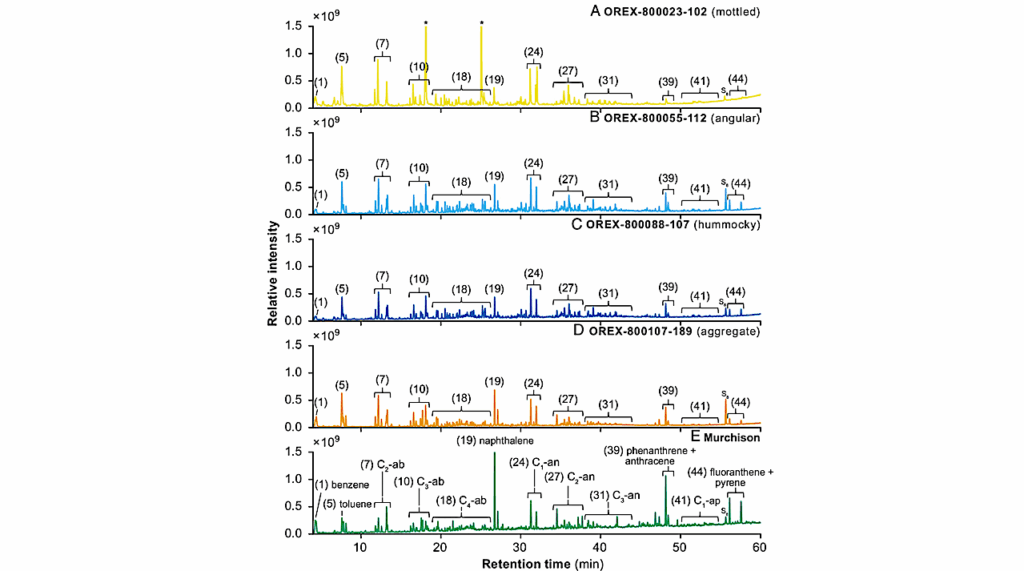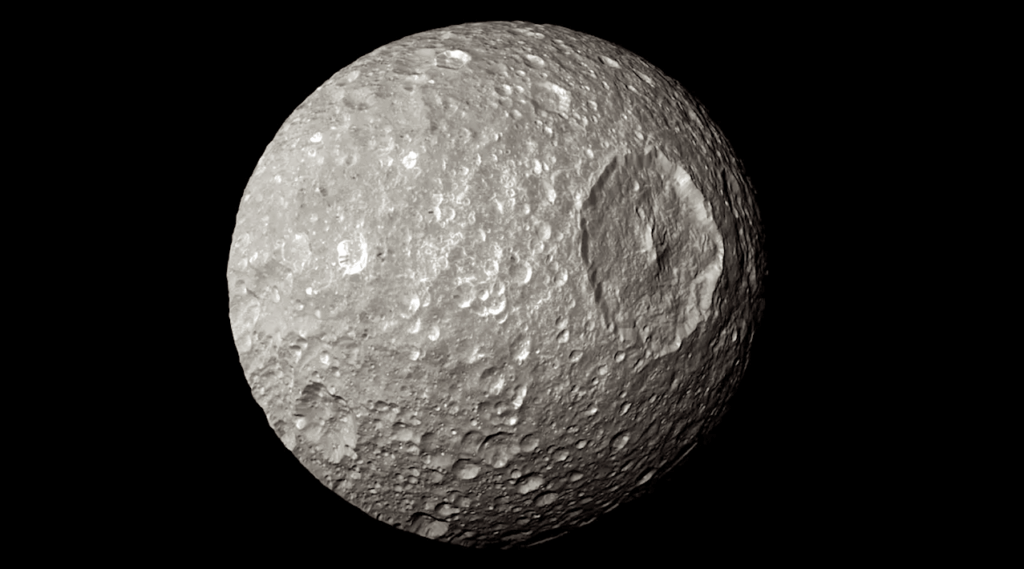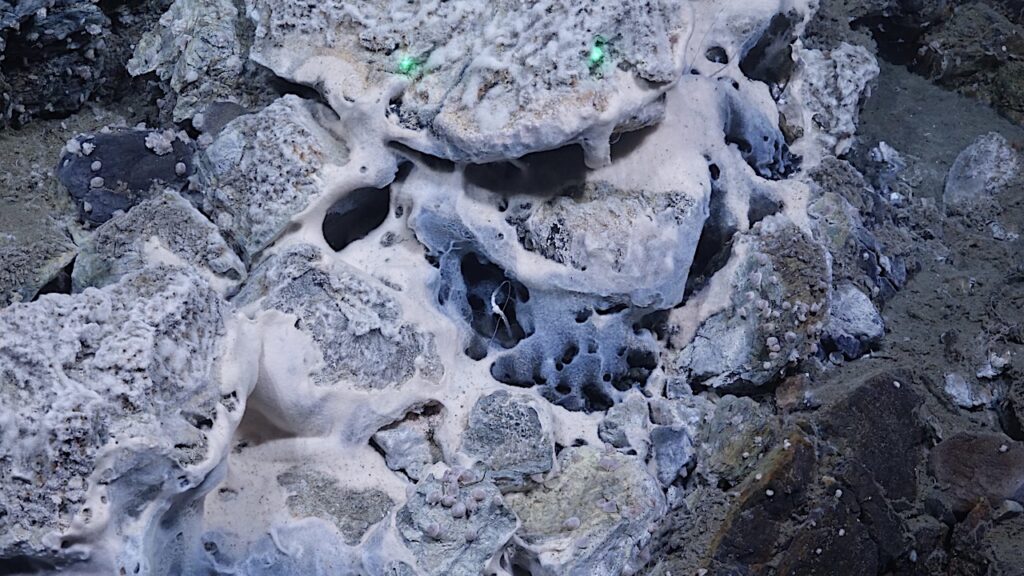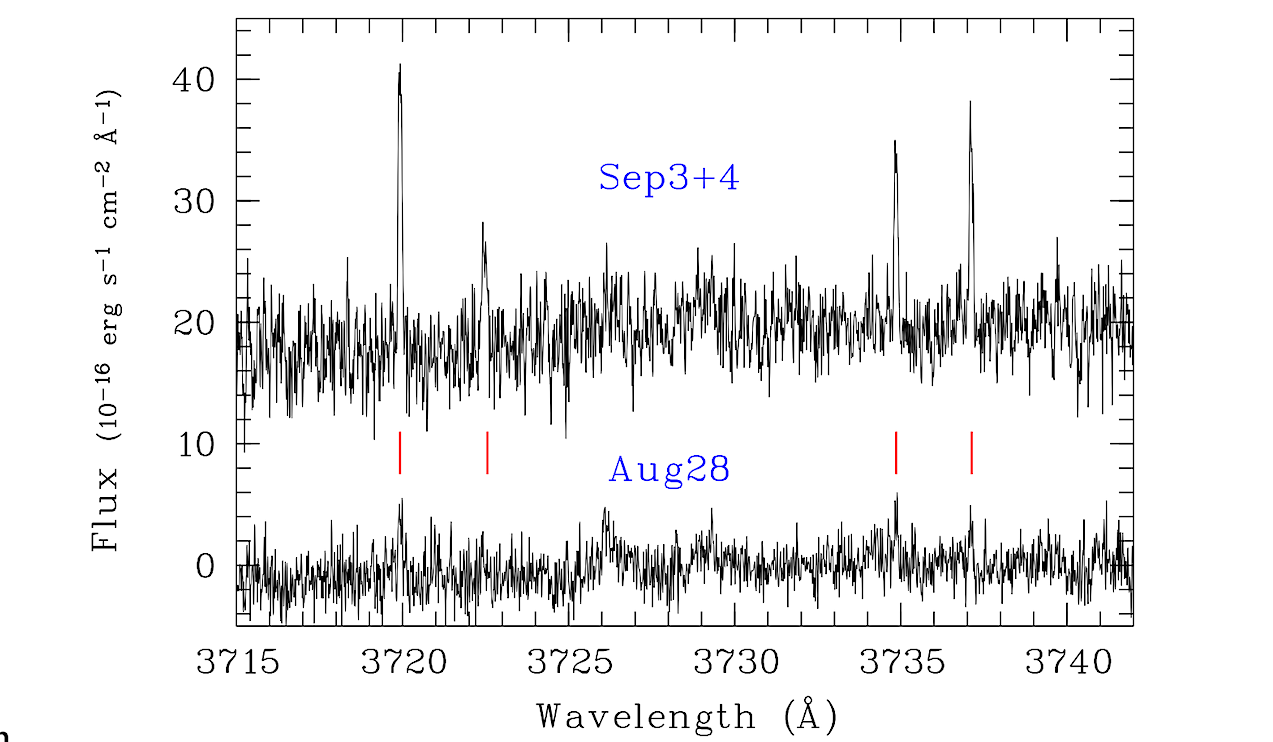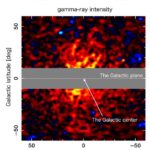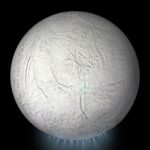Now Reading: Dynamical Architectures Of S-type Transiting Planets in Binaries II: A Dichotomy in Orbital Alignment of Small Planets in Close Binary Systems
-
01
Dynamical Architectures Of S-type Transiting Planets in Binaries II: A Dichotomy in Orbital Alignment of Small Planets in Close Binary Systems
Dynamical Architectures Of S-type Transiting Planets in Binaries II: A Dichotomy in Orbital Alignment of Small Planets in Close Binary Systems
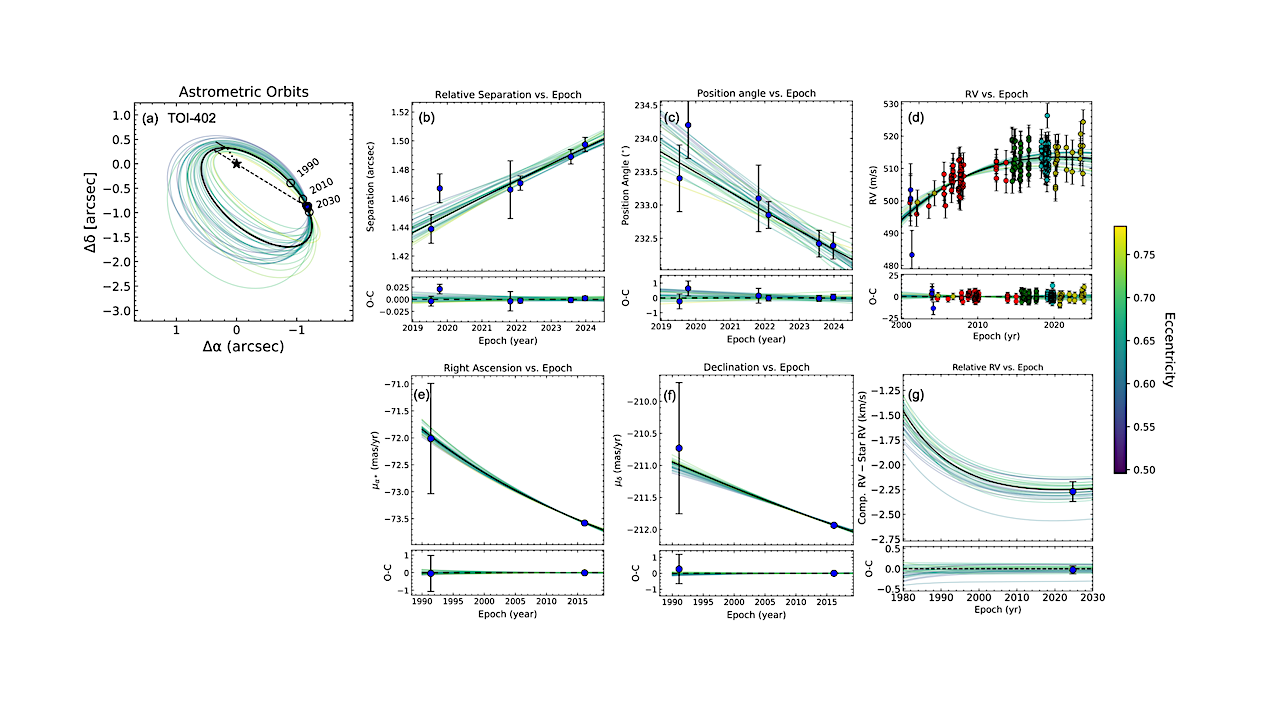

Orbital characterization of TOI-402 B around A using multiple datasets. (a): astrometric orbits of TOI-402 B around A. The blue filled circles are observed relative astrometry used in our analysis. The empty circles are predicted locations of the stellar companion based on the best-fit solution at epoch 1990, 2010 and 2030. (b)-(c): Observed and fitted separation and position angle of TOI-402 B relative to TOI-402 A. (d): Observed and fitted RVs of TOI-402 A from HARPS, HIRES,and PFS. (e)-(f): Observed and fitted Hipparcos and Gaia proper motion of TOI-402 A in right ascension and declination. (g) Observed and fitted relative RV between primary star and the companion taken by KPIC. In all of above panels, the thicker black lines represent the best-fit orbit in the MCMC chain. The remaining 50 lines are random samples from the posterior chain, color-coded by eccentricity. The complete set of orbital characterization plots (12 figures) is available as a figure set in the online Journal. — astro-ph.EP
Stellar multiplicity plays a crucial role in shaping planet formation and dynamical evolution. We present a survey of 54 TESS Objects of Interest (TOIs) within 300 pc that exhibit significant Hipparcos-Gaia astrometric accelerations.
We identified 35 TOIs with stellar companions at projected separations between 0.1″ to 2″ (or 10−200 AU). We also identified 12 TOIs that could host planetary-mass or brown dwarf companions, including 6 that are newly discovered. Furthermore, we perform three-dimensional orbital characterization for 12 binaries hosting confirmed planets or planet candidates, allowing us to constrain the line-of-sight mutual inclination, ΔIlos, between the planetary and binary orbits.
Combining our sample with previous measurements, we apply Bayesian hierarchical analysis to a total of 26 binary systems with S-type transiting planets (rp<5R⊕). Specifically, we fit the ΔIlos distribution with both single (Rayleigh) and mixture models (two-component Rayleigh and Rayleigh-isotropic mixture). We find the mixture models are strongly favored (logZ≳13.9, or ≈5σ), indicating the observed planet-binary ΔIlos values likely originate from two underlying populations: one nearly aligned (σ1=2∘.4+0.7−0.9) and one with more scattered mutual inclinations (σ2=23∘.6+8.8−7.1).
Alternatively, the misaligned systems can be equally well described by an isotropic distribution of inclinations. This observed dichotomy likely reflects different dynamical histories. Notably, the misaligned population only emerges in systems with stellar periastron distances >40 AU while systems with close-in or eccentric stellar companions (periastron distances <40 AU) preserve planet-binary alignment.
Jingwen Zhang, Daniel Huber, Michael Bottom, Lauren M. Weiss, Jerry W. Xuan, Adam L. Kraus, Chih-Chun Hsu, Jason J. Wang, Fei Dai, Katelyn Horstman, Ashley Baker, Randall Bartos, Benjamin Calvin, Sylvain Cetre, Catherine A. Clark, David R. Ciardi, Jacques-Robert Delorme, Gregory W. Doppmann, Daniel Echeverri, Luke Finnerty, Michael P. Fitzgerald, Steve B. Howell, Howard Isaacson, Nemanja Jovanovic, Kathryn V. Lester, Joshua Liberman, Ronald A. López, Dimitri Mawet, Evan Morris, Jacklyn Pezzato-Rovner, Jean-Baptiste Ruffio, Ben Sappey, Tobias Schofield, Andrew Skemer, J. Kent Wallace, Ji Wang, Yinzi Xin, Judah Van Zandt
Comments: Resubmitted to AAS journals after revision
Subjects: Earth and Planetary Astrophysics (astro-ph.EP); Solar and Stellar Astrophysics (astro-ph.SR)
Cite as: arXiv:2509.25332 [astro-ph.EP] (or arXiv:2509.25332v1 [astro-ph.EP] for this version)
https://doi.org/10.48550/arXiv.2509.25332
Focus to learn more
Submission history
From: Jingwen Zhang
[v1] Mon, 29 Sep 2025 18:00:07 UTC (18,726 KB)
https://arxiv.org/abs/2509.25332
Astrobiology,
Stay Informed With the Latest & Most Important News
Previous Post
Next Post
-
 012024 in Review: Highlights from NASA in Silicon Valley
012024 in Review: Highlights from NASA in Silicon Valley -
 02Panasonic Leica Summilux DG 15mm f/1.7 ASPH review
02Panasonic Leica Summilux DG 15mm f/1.7 ASPH review -
 03How New NASA, India Earth Satellite NISAR Will See Earth
03How New NASA, India Earth Satellite NISAR Will See Earth -
 04And Thus Begins A New Year For Life On Earth
04And Thus Begins A New Year For Life On Earth -
 05Astronomy Activation Ambassadors: A New Era
05Astronomy Activation Ambassadors: A New Era -
06SpaceX launch surge helps set new global launch record in 2024
-
 07Space Force plans new ‘Futures Command’ amid pressure to speed up modernization
07Space Force plans new ‘Futures Command’ amid pressure to speed up modernization












